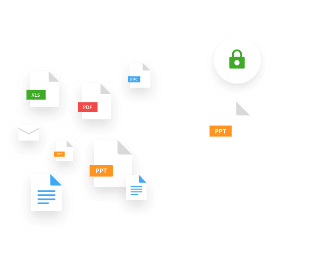A few years ago there was a project to move thousands of hours of instructor-led training to online “eLearning” in a very short period of time. There was a huge business driver behind this. The company was facing a potential strike in six to nine months and they were preparing a contingency plan in case they needed to hire tens of thousands of replacement workers for installation and customer service positions. There was no possible way to bring everyone in for face-to-face training, so moving online was the only viable option.
The system they built used instructional design templates built in Word and a custom programmed Flash engine that some very smart engineers developed. Each template followed a consistent format for every lesson, with objectives, assessments, and content all tied together. After a massive effort to standardize the old documents into the new Word template that took a lot of people and a lot of hours, a utility was executed to transform the documents into data that could be fed into the engine.
It worked pretty well. The content was converted in multiple phases, a manual QA process found and fixed any remaining anomalies, and the company was prepared for the potential labor action. Thankfully this never took place, but since all of the efforts was reusable, they had a great system to turn instructional design templates into online training. Until Flash was deprecated a few years later, but that’s another story…
This was a great example of how to streamline and automate instructional design. While instructional designers built the templates, a team of people who were not subject matter experts converted (i.e. “built”) the existing material. It made us wonder, what if there was a way to embed instructional design best practices into a collaborative software or platform and help teams rapidly move from ILT to eLearning?
If you want to rapidly move from classroom to online training, you need to go start with the basics. Get the requirements defined for each lesson, module or program. Then use your entire organization to crowdsource the transformation. Combining existing content, whether Word documents, presentations or PDFs, with video, audio and available resources on the web, is a lot faster than building it all from scratch. And today’s modern learner is looking for easy to find and easy to consume, not handcrafted interactions and animations from specialized eLearning tools.
Another company we recently worked with has a project to convert 900 modules of sales and product training into online learning. They announced a program to incentivize employees to sign up to do this. The process is very straightforward. Take existing content, organize it around the learning objectives, and add video or audio. And you get paid to help the corporate training and development team
Cognota has built a system to do just this. But rather than requiring everyone to re-engineer all of their existing content, it allows you to combine existing materials with modern online tools like video, docs, audio, gifs and more, to assemble assets together. And everything is aligned with learning objectives to ensure that the established requirements are met. If you want a way to rapidly move from classroom to online training, you need new tools that can automate instructional design and make it easy to collaborate with subject matter experts.





